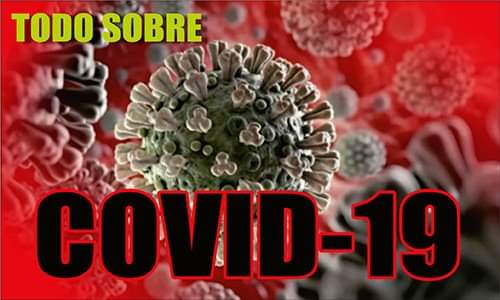
The presence in the province of Guantánamo of the Brachyplatys subaeneus (Westwood) insect, known as the black bean bug, forces state and private producers in Las Tunas to be alert to prevent its spread in the territory.
Las Tunas, Cuba.- Reinier García Valverde, head of the Plant Health Department of the local delegation of the Ministry of Agriculture (MINAG), insisted that this harmful pest has not been detected in any of the municipalities and a broad plan of measures for its prevention and control is already in place.
He pointed out that among the actions included in the protocol of action for the surveillance and integrated management of this species, training talks have been given to several producers and specialists, and the surveillance of the plantations for its rapid detection has increased.
To deal with the black bean bug -if it reaches the province- the Plant Health experts in Las Tunas are considering other tasks such as the elimination of weeds and neighboring hosts, the placement of colored traps to capture a significant number of specimens, and the use of natural products made in the Reproduction Centers of Entomophages and Entomopathogens.
A note from the Plant Health Department of MINAG reported that this insect, originally from Asian countries, is a new detection for the Cuban entomofauna; it is considered an invasive pest because it can adapt to different natural environments. The communication specifies that, so far, it is not considered a pest of economic importance. However, extreme care must be taken because it affects several crops such as beans (common, pigeon pea, cowpea, mung bean, and knight bean), soybeans, and sweet potatoes, among others.
The insect has high mobility, can adapt to different conditions, and has few natural enemies. It mainly attacks the Fabaceae family; but can affect 29 species of plants cultivated for agricultural, forestry, and ornamental purposes.
According to experts, the damage is caused by nymphs and adults feeding on leaves and stems, which causes wilting, chlorosis, and delayed growth. In addition, microorganisms such as fungi and bacteria can enter through these openings, which complicates the phytosanitary status of the plants.
The Plant Health Department indicates that in the event of detecting the presence of the pest, producers must inform the technicians at the production base and collect the entire plant, store it hermetically in nylon, and deliver it to the Provincial Plant Health Laboratory, or to the Territorial Plant Protection Stations.





